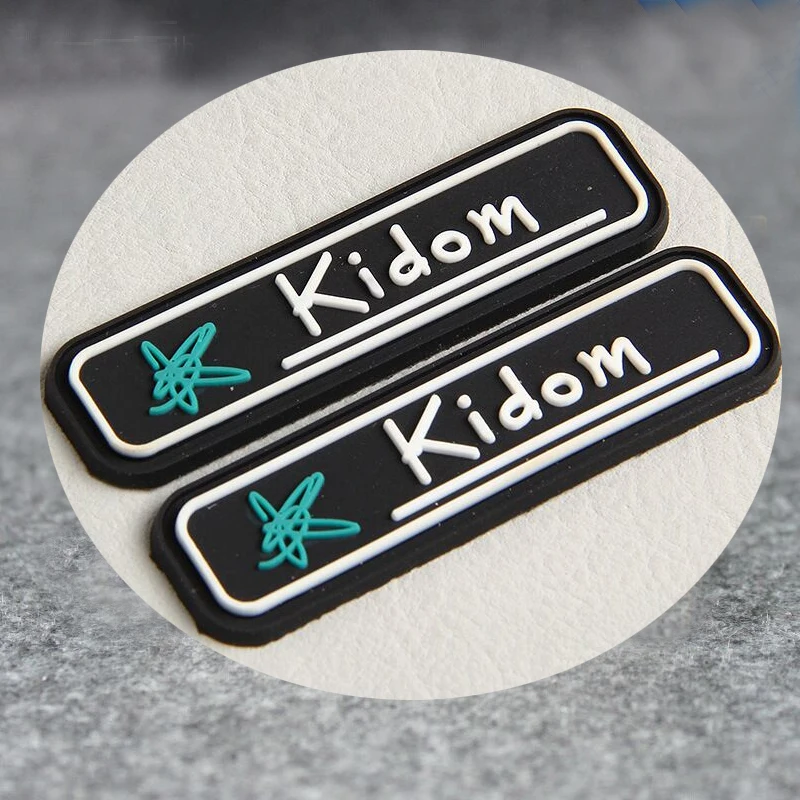

Clothing Label Design Tips -Creating A Winning Label Design Most of our customers use between ⅛” and ¼”.ħ. The distance you will need to attach your labels or tags will depend on your sewing skills, the position of the label in the product or just your preference. Rarely we see 1/2″ or 1″ but they do occurred once in a while. In the “custom clothing label world”, the most common sewing allowance is 1/8″, with 1/4″ and 1/16″ following closely. What are The Most Typical Sewing Allowances? However, a little extra “white space” around your label design will help it stand out. If on the other hand, you are ordering iron-on clothing labels, then you DO NOT need to have one. If you will be sewing your labels to your products, you WILL need a sewing allowance, after all yo do not want stitching on top of your design! Sewing allowance is the distance between the edge of the garment label and the stitching used to attach the label to another piece of fabric.

If you want to create your own illustration you can easily take a piece of printer paper with a ruler and cut a strip of paper and mark off the live area and the sewing allowance tabs to give you a visual interpretation of your label as will be.

Custom clothing tags how to#
ĭetermining how to create your miter folded label can be tricky if you are not a label guru.

The most common uses for a miter fold label are on collared shirts, robes and/or jackets. Also referred to as the “hook” label its gets its nickname from using the label to hang its products up. The miter fold is a whimsical way to fold your custom fabric tag and display your branded logo on your products. Miter-Fold Labels: How to determine the total length? This material is specially recommended for outdoor gear such as jackets, gloves, bags, camping tends and backpacks, just to name some.įolds will provide with a smooth, clean edge that will not itch or scratch your customer, making it a little bit less likely for your labels to be removed. These are labels made out of polyvinyl chloride, also called soft rubber because it is soft and bendable. The current state of the art allows to screen or digitally print your logo and message and create custom fabric labels on a number of materials like satin, cotton, polyester, Tyvek® (a synthetic material made with polyethylene fibers) or high quality card stock in the case of hang tags. Then you have Taffeta labels, made out of polyester at a lower cost.
Custom clothing tags professional#
However, there are certain types of custom woven labels: among them we offer Woven Damask Labels as the most popular option, which satin threads and softness allow high quality and professional look. This is the preferred type of label ever, no discussion on that. Regarding the type of material and technique custom labels can be made out of, there are three options available: woven, printed or PVC, which we will described in brief right on.


 0 kommentar(er)
0 kommentar(er)
